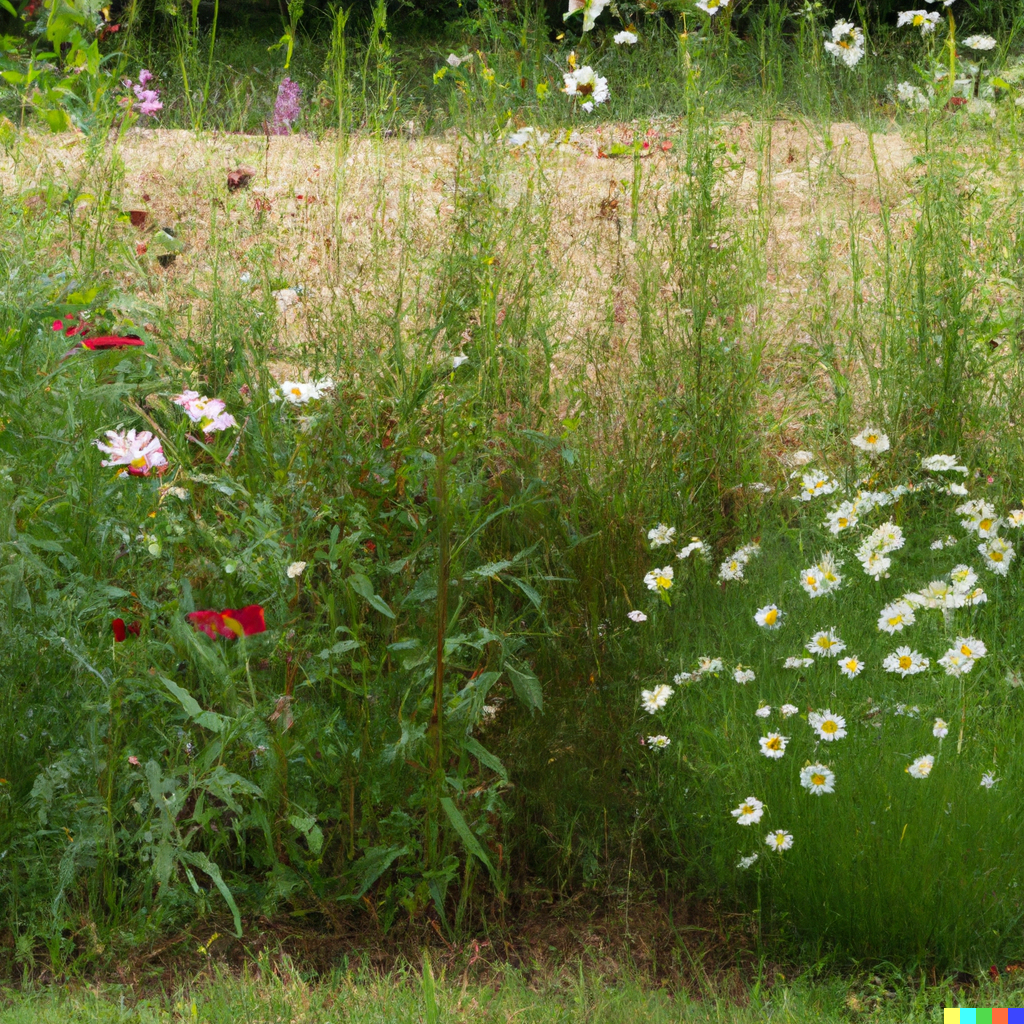Lawns have long been a staple of American landscapes, but they require significant maintenance, water resources, and chemical inputs. As sustainability and water conservation become increasingly important, it’s worth considering alternative landscaping options that can offer both environmental benefits and visual appeal. In the Northeast USA, where climate conditions vary, several alternatives to traditional lawns can thrive and enhance the beauty of outdoor spaces.
- Native Plant Gardens: Embracing native plants in your landscape design not only benefits the environment but also creates a unique and diverse aesthetic. Native plants are well-adapted to the local climate, requiring less water and maintenance once established. Choose a mix of flowering plants, grasses, and shrubs that are native to the Northeast region, such as purple coneflower, black-eyed Susan, switchgrass, and spicebush. These plants provide food and shelter for local wildlife and promote biodiversity while adding color and texture to your landscape.
- Meadow or Prairie Gardens: Transforming your lawn into a meadow or prairie garden can be a visually striking alternative. These naturalistic landscapes require less maintenance and water than traditional lawns. Select a mix of native grasses, wildflowers, and perennials that thrive in your specific Northeastern climate. For example, consider incorporating big bluestem, butterfly milkweed, asters, and goldenrods. The vibrant colors, varied heights, and movement of grasses in the wind create an ever-changing and dynamic landscape.
- Moss Gardens: Moss gardens offer a lush, low-maintenance alternative to traditional lawns, particularly in shaded areas where grass struggles to grow. Mosses are adapted to moisture-retaining environments, require minimal watering, and thrive in the cool and damp conditions often found in the Northeast. Transform your lawn into a moss garden by encouraging moss growth or by installing pre-grown moss mats or plugs. Mosses create a tranquil, carpet-like groundcover that adds a touch of elegance to your outdoor space.
- Ground Covers: Opting for ground covers can reduce the need for mowing, watering, and fertilizing while still providing an attractive alternative to a traditional lawn. Several ground cover options thrive in the Northeast, such as creeping thyme, creeping phlox, sedum, or sweet woodruff. These plants form dense mats, suppressing weed growth and reducing soil erosion. They offer different colors, textures, and heights, allowing you to create visually appealing patterns and designs in your landscape.
- Gravel or Stone Landscapes: Incorporating gravel or stone landscapes can be an excellent solution for areas where maintaining a lawn is challenging due to poor soil conditions or steep slopes. Choose gravel or stones that complement the aesthetic of your surroundings. Combine different sizes and colors for texture and visual interest. Additionally, consider adding ornamental plants, drought-tolerant shrubs, or container gardens to soften the hardscape and introduce natural elements into the design.
There are a range of alternatives to traditional lawns, allowing homeowners to create beautiful, sustainable, and low-maintenance landscapes. By embracing native plants, meadow gardens, moss gardens, ground covers, or gravel landscapes, you can reduce water usage, minimize chemical inputs, and provide habitat for local wildlife. These alternatives not only enhance the visual appeal of your outdoor spaces but also contribute to the overall health of the environment. Explore these options, unleash your creativity, and transform your landscape into a unique and sustainable haven.

 Facebook
Facebook
 X
X
 Pinterest
Pinterest
 Copy Link
Copy Link


